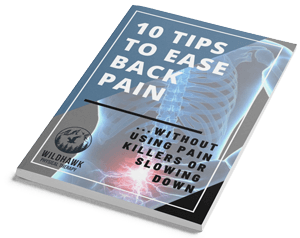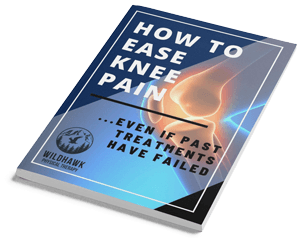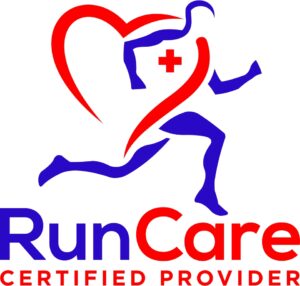If you’re currently expecting, you probably feel tired and achy from carrying the extra weight of your baby. As a result, you’re probably not thinking about exercise during pregnancy.
In reality, staying active can benefit your pregnancy in numerous ways. Our experienced staff of physical therapists at WildHawk Physical Therapy created this guide to help you feel strong and confident when exercising during your pregnancy.
For more information or to schedule a pregnancy exercise program consultation with our team, please get in touch with us today at 828-365-8133.
Is It Safe for Pregnant Women to Exercise?
Generally, it’s perfectly safe for pregnant women to exercise as long as they get the green light from their health care provider. Most doctors provide medical advice recommending at least 30 minutes of exercise each day to maintain a healthy pregnancy and prepare your body for labor.
That said, every woman — and every pregnancy — is different. Your doctor may not recommend exercising if you have a pregnancy complication or health condition, such as:
● Certain types of heart or lung disease
● High blood pressure that develops during pregnancy
● Chronic vaginal bleeding in the second or third trimesters
● Cervical or placenta problems
● Preterm labor during your pregnancy
● Anemia
Even if your doctor approves physical activity during your pregnancy, you should keep an eye out for common warning signs, such as bleeding, pain, dizziness, or chest pain.
How Does Pregnancy Affect Exercise?
As you already know, your body changes significantly during pregnancy. Each change can impact your ability to stay physically active, too. With this in mind, consider the following before beginning a prenatal workout plan.
● Balance: Your body’s center of gravity shifts as your baby grows, putting more pressure on the joints and muscles in your lower back and pelvis. You’re also less stable and may lose your balance or fall.
● Joints: Your body produces hormones during pregnancy, which relax the ligaments in your joints to make labor and delivery easier. However, the enhanced flexibility can cause injuries.
● Breathing: While pregnant, your body needs more oxygen. Exercising helps improve oxygen levels and blood flow in your body, but it also redirects oxygen and blood to your muscles and away from other areas. Because of this, you may not be able to do high-intensity exercises.
Benefits of a Prenatal Exercise Program
Regular exercise during pregnancy can give you countless benefits for you and your baby, including:
● Easier birth process
● Faster recovery following a C-section or vaginal birth
● Reduced discomfort
● Enhanced relaxation
● Lower risk of complications, such as gestational diabetes
● Lessened chance of a cesarean birth
● Improved overall wellbeing
Don’t expect to lose weight while pregnant, though. Instead, focus on maintaining your physical fitness, reducing discomfort, improving sleep, and minimizing excess weight gain to support a healthy, safe pregnancy and delivery.
“I Only Need to Do Kegels, and I’ll be Good, Right?”
At {Company Name}, our clients often ask us if they need to do more than pelvic floor exercises during pregnancy. You should strengthen your pelvic floor muscles with Kegels and breathing exercises. However, incorporating additional prenatal-safe routines throughout your pregnancy is essential.
Creating a Safe Prenatal Exercise Routine
Ready to start your prenatal workout routine? If you haven’t exercised in a while, we recommend taking it slow. Start with as few as ten minutes of exercise, and gradually increase to 30 minutes per day. If you exercise regularly, you can typically maintain the same level of exertion as long as you feel comfortable and have doctor approval.
We recommend focusing on exercises that engage your abdominal muscles, pelvic region, and lower body, such as:
● Prenatal yoga
● Pilates
● Walking
● Stationary biking
● Swimming
Exercises to Avoid During Pregnancy
Your doctor may have cleared you for exercise, but that doesn’t mean you can always continue your favorite pre-pregnancy workouts. Some exercises can cause complications, such as mild abdominal trauma and other concerns as your pregnancy progresses.
Keep yourself and your baby safe by AVOIDING exercises that include:
● Lying flat on your back for long periods after the first trimester
● Waist-twisting movements
● Extensive jumping
● Contact sports
● Falling risks
● Heated classes, like hot yoga or Pilates
Tips for Exercising During Pregnancy from the Experts at WildHawk Physical Therapy
Frequent exercise during pregnancy can improve your energy, mood, and overall wellbeing as you prepare for labor. Even so, many women aren’t sure where to start.Our team at WildHawk Physical Therapy works with you to develop a safe workout plan that evolves with your pregnancy. For more information or to schedule a consultation, please contact us today at 828-365-8133








